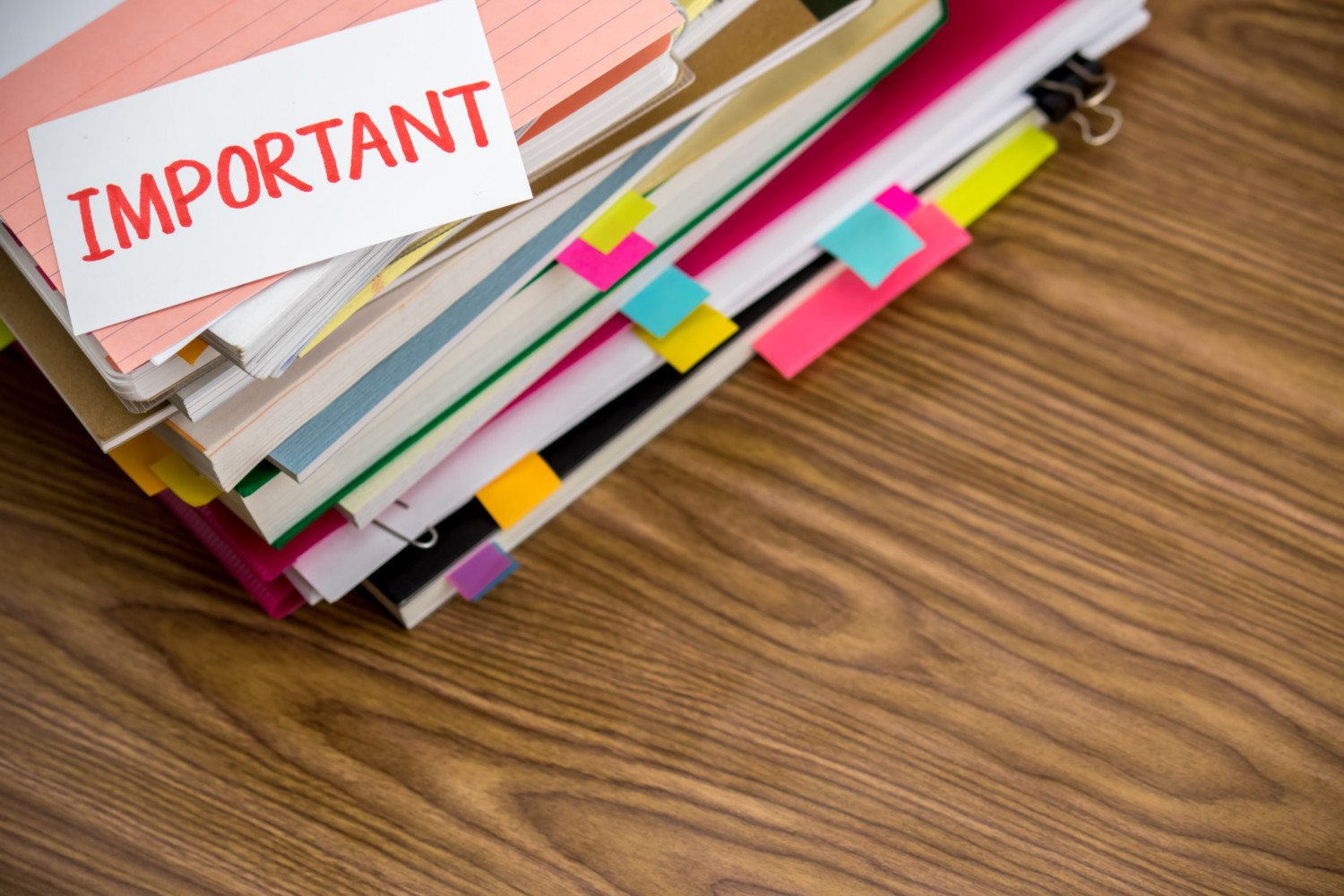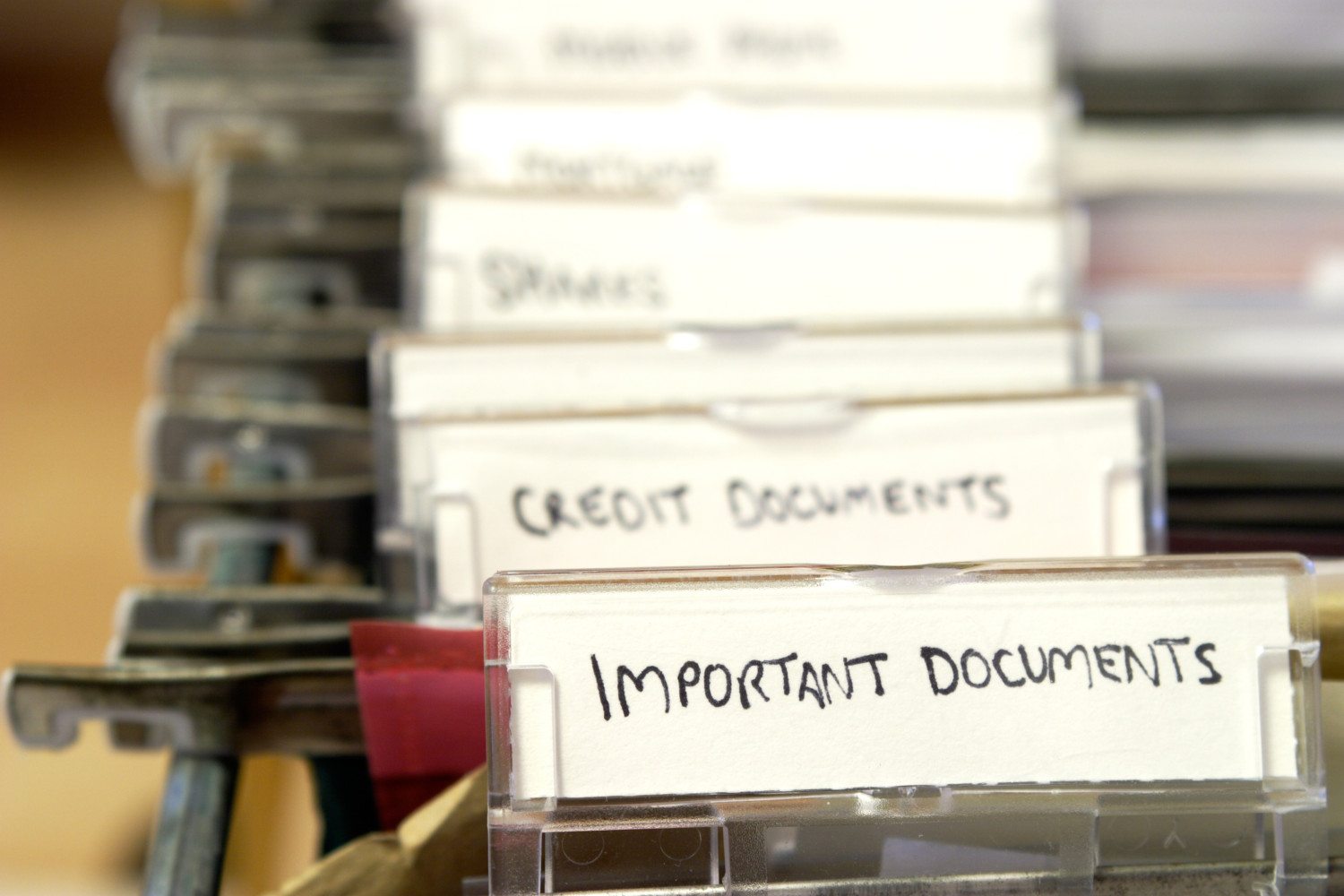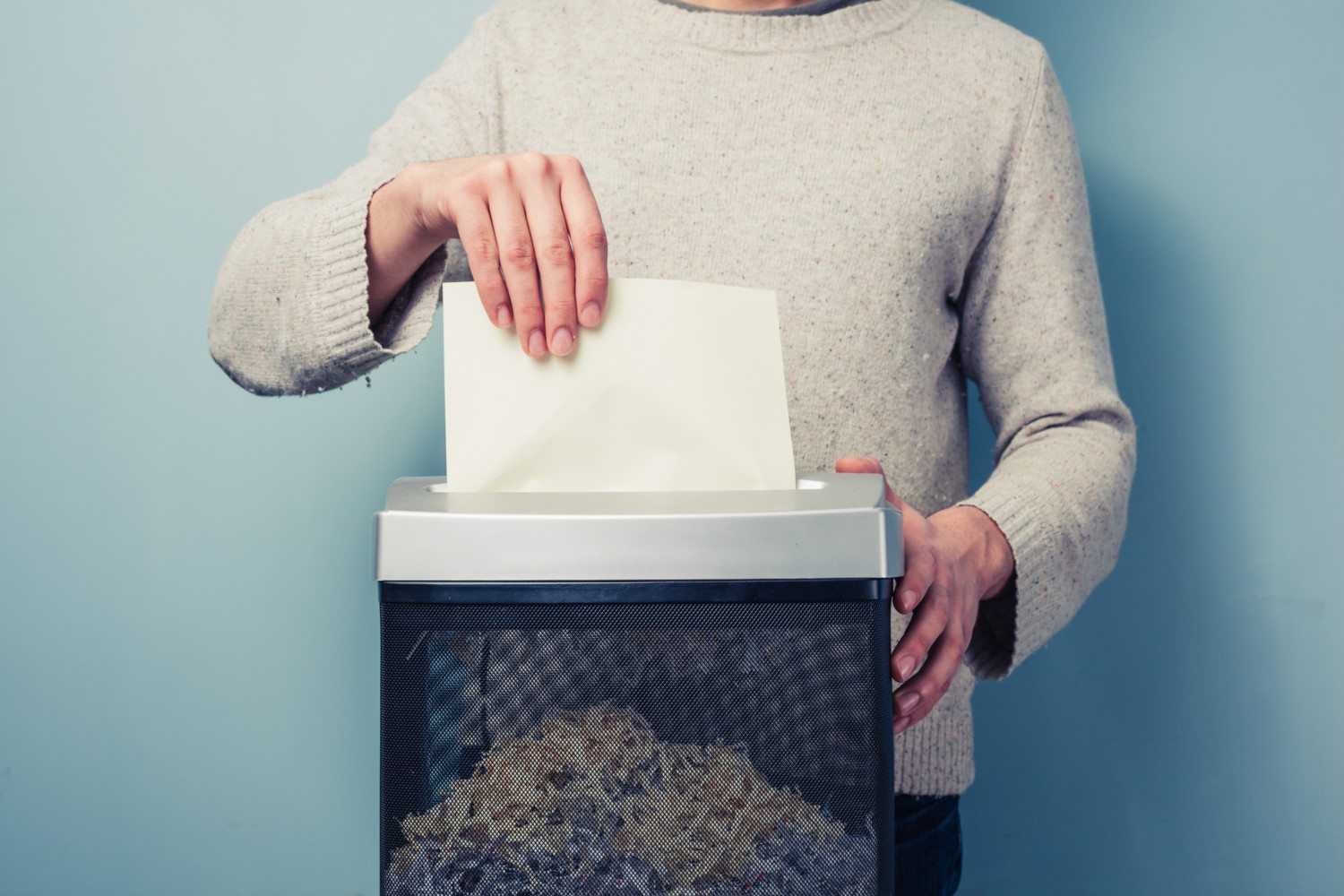How to store and organize your family’s essential information

It’s so stressful when you need an important document, letter or other piece of information and you just cannot find it. You know you put it somewhere to keep it safe; you only wish that, now, you could remember where that safe place was.
If your mom or grandmother ever said, “A place for everything, and everything in its place,” she may have been on to something. Storing all of your important paperwork in a single, safe spot will ensure that you always know exactly where it is when you need it. Determining where that perfect place should be can be a challenge.
Learn what you should hang on to, and how you can keep it organized and secure.
What You Should Keep
There’s no need to keep every scrap of paper that comes into your possession, but you should make long-term storage plans for certain important documents. Money management expert Dave Ramsey recommends storing the following documents indefinitely:
- Legal documents, such as birth certificates, marriage licenses and passports
- Tax returns
- Deeds, mortgages and bills of sale
- Year-end statements for investments
- Receipts for major purchases and home repairs
- Wills, living wills and power of attorney designation
- Insurance policies, medical records, burial instructions and beneficiary directions
- Real estate certificates and automobile titles
- Education, pension and retirement plan records
Files To Create
Determine where you will keep your documents. A file cabinet, a box or even a large accordion folder will do. Simple living blogger Andrea Dekker suggests creating sections, folders or files for personal, financial, home and auto, insurance and retirement documents. She also uses cover sheets in the front of her files that allow anyone to find the location of an important paper at a glance (you can download her cover sheets here).
Safekeeping
The Federal Emergency Management Agency (FEMA) recommends taking steps to protect your important documents from disasters, such as fires, flooding or other crisis events that could require you to evacuate your home. Consider which information would be the most difficult to recover and keep it in a safety deposit box, a fireproof box or a safe in your home, or even in a binder with plastic sleeves that you could grab quickly in an emergency. Note the location of these items on your cover sheets in your primary files.
Know When To Let Go
Periodically going through your files is a good way to make sure you have up-to-date information. Shred the items you no longer need to keep your files from being overwhelmed with paper. Consumer Reports advises shredding information at least once a year, depending on the type of information. Following are some examples.
- Shred banking and credit card receipts as soon as you reconcile them with your accounts.
- Destroy old insurance documents when you receive new ones.
- Get rid of loan documents when after paying off debts.
- Shred tax returns after seven years.
Invest a bit of time now and organize all of your important information. You’ll be so glad you did.



